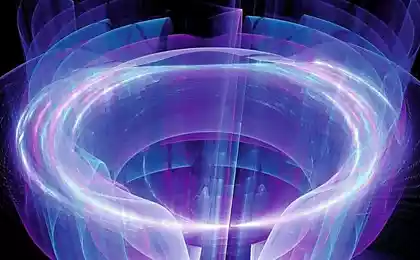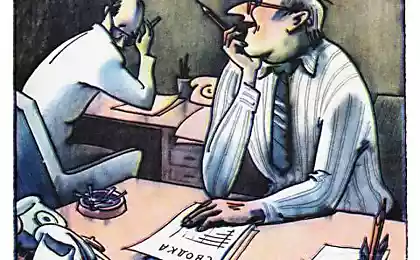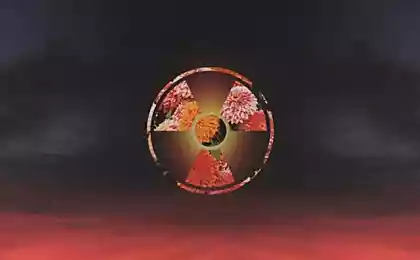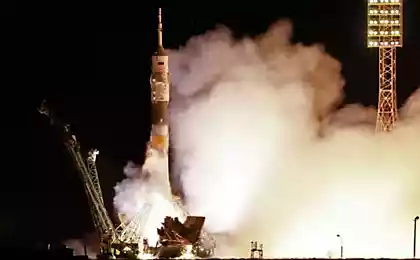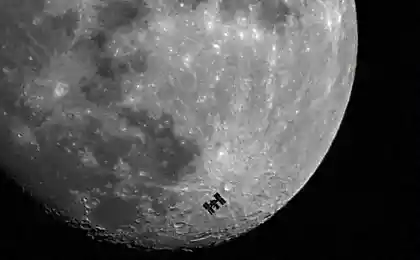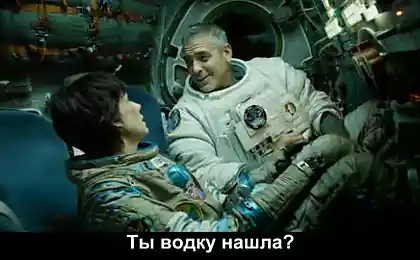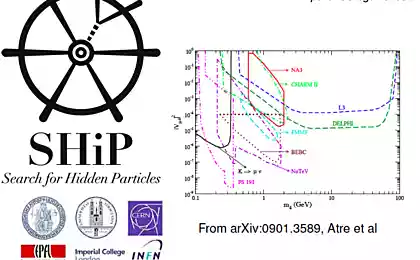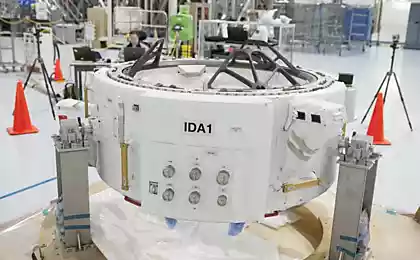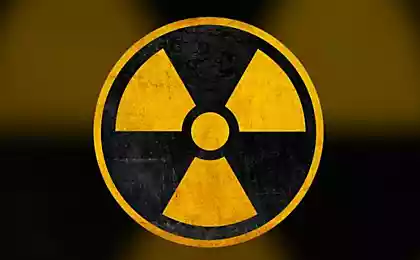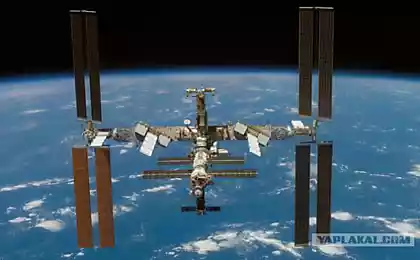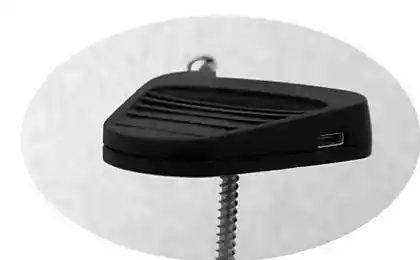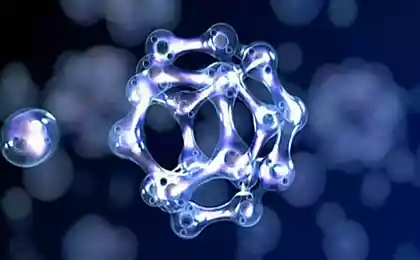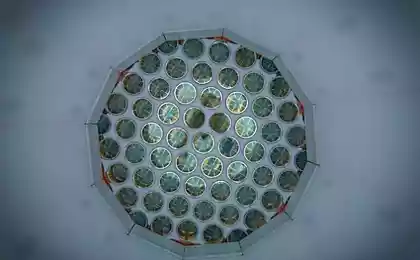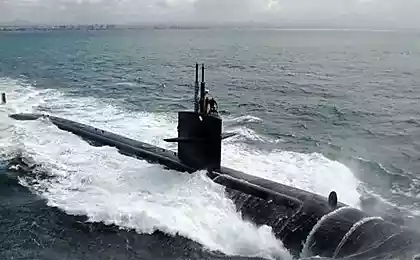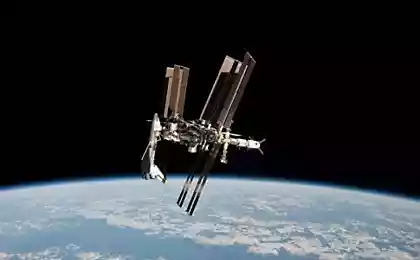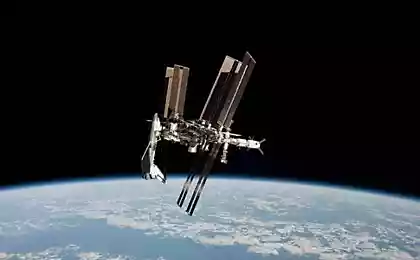565
17-year-old schoolboy has corrected the error, NASA
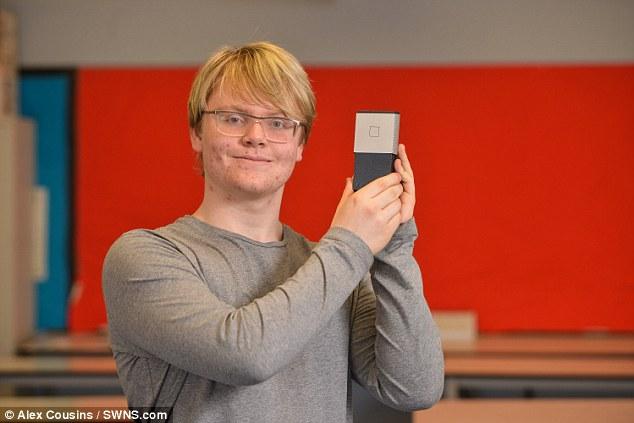
Miles Soloman with a particle detector. Photo: Alex Cousins / SWNS.com
British teenager miles Soloman (Soloman Miles) from Sheffield got in touch with NASA scientists and pointed them to the error in the data set that they have posted online. We are talking about the testimony of particle detectors on the International space station — where miles found negative values of energy, which missed by NASA engineers.
Last week a guy got his moment of glory: he gave several interviews to the media and made live on national radio BBC Radio 4 programme World at One.
In December 2015, NASA in collaboration with the British Institute studies in schools posted in the open access datasets from the particle detector to the ISS for study by school students (project TimPix). One of these students was miles Soloman. In the framework of the research project to my Tapton school in Sheffield he studied the readings.
For students this is a unique opportunity — their service-learning projects they can do not on some test sets and on real data obtained from space on this equipment. In this case we are talking about the readings of the level of cosmic radiation that every 4 seconds shot detectors on the ISS.
The ISS was installed five hybrid silicon pixel detectors Timepix Medipix Collaboration production, created in CERN. Similar to the principle of detectors used in the experiments at the Large hadron Collider. Data from the five detectors are accumulated and periodically sent for analysis to the division of the Space Radiation Analysis Group at NASA. Detectors record alpha-, beta-, gamma-particles, minimum ionizing particles, fragments of heavy ions, etc. — the direction and energy of radiation.
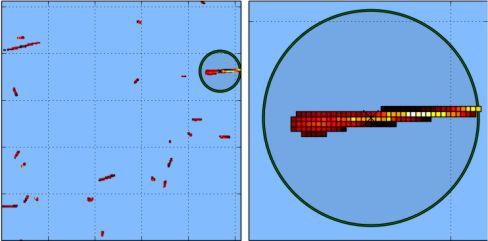
An example data detector Timepix onboard the ISS shows a complete frame of 256×256 pixels (left) of the particles registered in the 4-second interval and a possible candidate for proton in the enlarged view (right)
A 6-month experiment to measure the radiation was conducted by the British astronaut Tim Peak (Tim Peake) since December 2015. Probably in honor of him called and detectors, and the experiment itself.
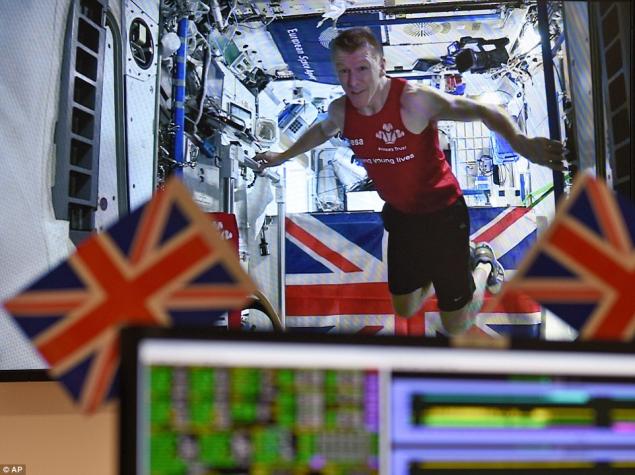
British astronaut Tim Peak on the ISS in December 2015. Photo: AP
"We received a large number of Excel spreadsheets and it is much more fun than it sounds, said miles Soloman in an interview with BBC Radio 4. — I immediately went down of the table, where they were given the smallest bits of energy." Miles first sorted the list by the decrease in the values, probably to study anomalies.
Physics teacher James O'neill (James O'neill) said about miles: "We discussed the data, but he suddenly perked up during one of his lessons, and asked, "And why it contains the energy of -1?"". The student noticed that the sensors did not record the correct value of radiation, but instead retains a negative value. The student told the teacher that the energy cannot be negative and they decided to write a letter to NASA.
Soloman admitted that it was pretty cool to send a letter to the National space Agency and receive a response where the American professionals recognized their own school. Sensors of radiation on the ISS from December 2015. This means that NASA did not notice the mistake for more than 15 months, unless you drew the attention of the British schoolboy. "It's pretty cool, says miles. — You can tell friends: "I just wrote to NASA and they study the charts that I made"".
NASA appreciated the information and even asked miles to help in correcting errors. Engineers us Agency explained that they were aware that the sensors sometimes return an incorrect value, but thought it happens once or twice a year. Apparently, no one had thought to sort the data in descending order, as did the miles. Now, when bug is already known, it seems obvious to sort the data that way, but never seen a reason to do it. Sorting clearly shows that negative values appear several times a day.
Professor Larry Pinsky (Larry Pinksy), which operates radiation monitors for NASA, said Radio 4: "My colleagues at NASA thought that I had cleaned up these mistakes." It was not so. "The problem is that some algorithms that convert the original data was a little off, and therefore the result of conversion they were given negative numbers," explained Pinsky.

Miles Soloman. Photo: Alex Cousins / SWNS.com
NASA gratefully accepted information about incorrect data, although professionals had mixed emotions when the boy pointed out the error. "They obviously thought I was a nerd, says the teenager. — It was a real mixture of jealousy and boredom, when I told them all the details." He added: "I don't want to prove that NASA is wrong. I want to work with them and learn from them."
Although pupils, students, enthusiasts can't compare with NASA professionals at the degree of professionalism, but the true power of crowdsourcing in quantity. A large number of passionate enthusiasts can detect in the original data such patterns and to find errors that escaped the eyes of professionals. That's why so valuable are these scientific programs with open data.
For the students projects with real scientific data — a chance to touch a real big science and space exploration. Such things inspire further study of physics and astronomy. Thanks to such scientific programmes in the children develop a passion for the unknown, thirst for new knowledge, desire to explore the world around them.
Source: geektimes.ru/post/287382/
Sysadmin killed nine days to restore order
Journey to Mars: what would happen to an astronaut on the way to the planet and on its surface
